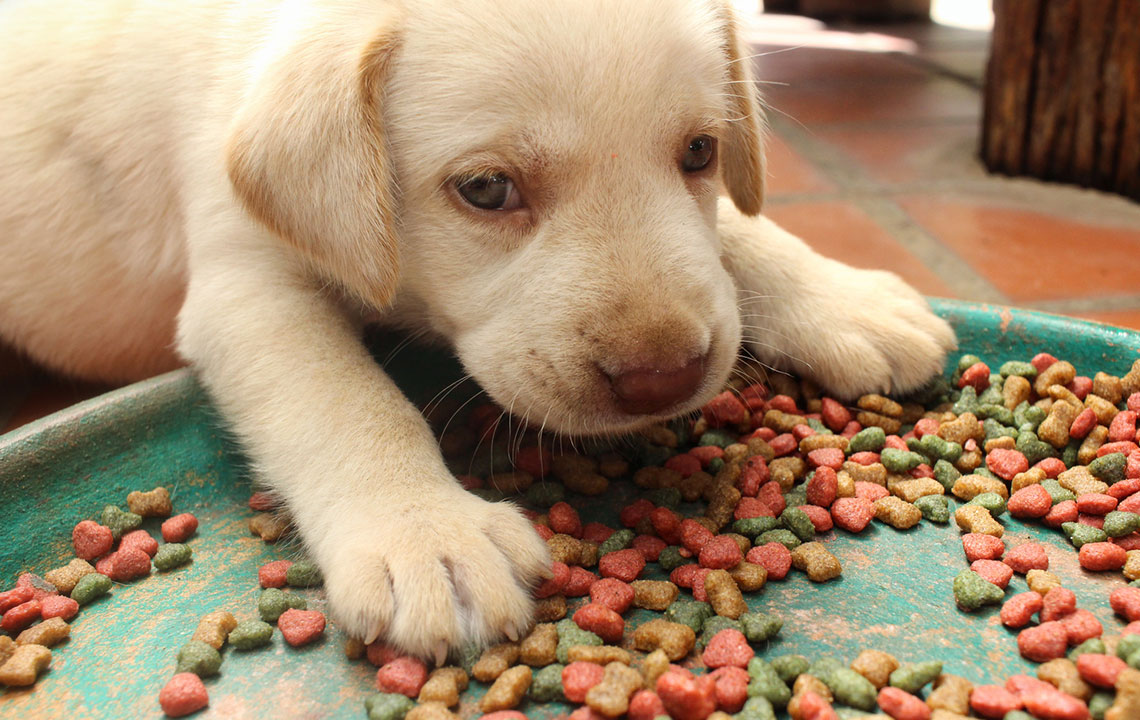Guide to Selecting the Best Food for Your Puppy
Learn essential tips for selecting the best puppy food, including nutritional needs, feeding routines, and choosing the right type of food. This guide helps new pet owners ensure their puppies grow healthy and strong with proper diet management.
Guide to Selecting the Best Food for Your Puppy
Choosing the right puppy food can seem daunting, especially for new pet owners. With many brands on the market, making an informed decision is essential for your puppy’s health and development.
At eight weeks old, puppies require twice the calories of adults and need higher amounts of calcium, protein, fats, and phosphorus. Proper nutrition ensures healthy growth, as both overfeeding and underfeeding can cause problems.

Puppy-specific foods maintain correct calcium-to-phosphorus ratios and provide sufficient protein and calories.
Establish feeding routines
Similar to infant feeding schedules, puppies thrive on several small meals daily, matched to their caloric needs. Regular feeding times within 10-20 minutes promote routine and prevent overeating or skipping.
Talk to your veterinarian for tailored dietary advice and suitable food choices.
Start with familiar foods
Moving to a new home can cause stress, so initially feeding your puppy familiar food minimizes digestive issues. Your vet may recommend specific diets during this transition.
Track growth and adjust
Use online growth charts to monitor your pup’s weight and development against breed standards. Modify feeding as needed for healthy growth.
Control portions carefully Watch how your puppy responds to meals, noting body condition and leftover food. Adjust portion sizes based on metabolism, size, and nutritional needs. Changes like skipping meals or leaving food indicate adjustments are needed.
Decide on food type between dry kibble, wet food, or a combination. Reputable brands develop formulas suitable for both small and large breed puppies.
Kibble – Affordable, easy to find, and helps clean teeth through chewing.
Canned food – More palatable but pricier; select balanced options, especially labeled “all-meat”.
Semi-moist foods – Single-serving packs that resemble hamburgers and attract puppies visually.
Adding water or wet food to kibble can improve flavor and encourage eating.
Check labels carefully Always review product labels for comprehensive details. Look for ingredient lists, nutritional statements, guaranteed analysis, manufacturer info, and feeding instructions. When in doubt, consult your vet or research further.


